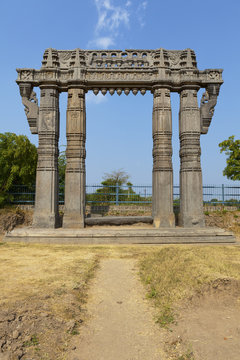Warangal
A complete tourist and cultural guide
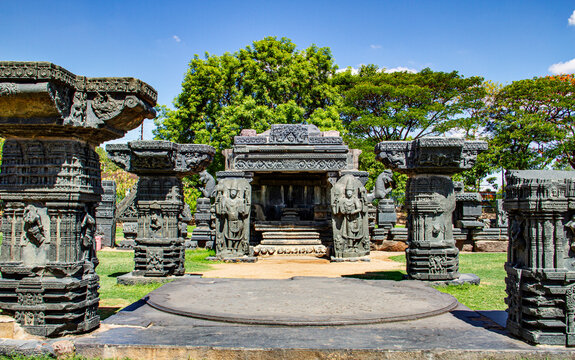
Warangal, the ancient capital of the Kakatiya dynasty, is a treasure trove of history, art, and culture. Known for its magnificent temples, majestic forts, and intricate stone carvings, this UNESCO-listed heritage city offers a captivating blend of architectural wonders and natural beauty. From the iconic Thousand Pillar Temple to the serene Pakhal Lake, Warangal transports visitors back to India’s glorious past.
Wiki Link: Warangal Wikipedia
Must-Visit Attractions in Warangal
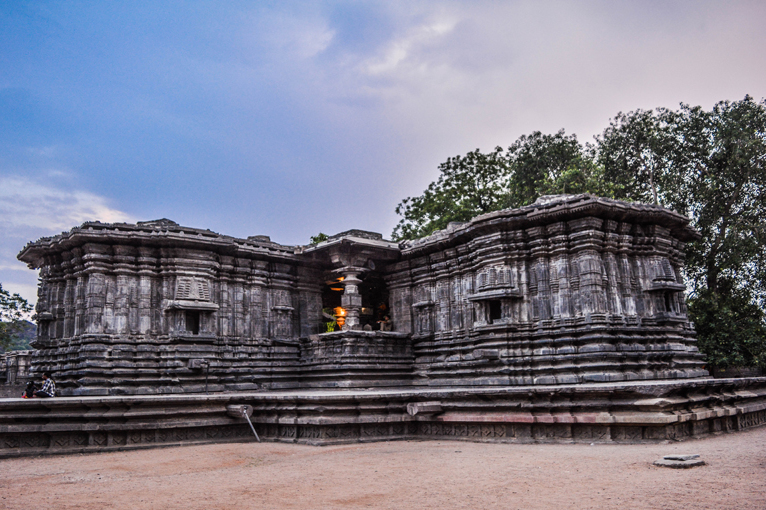
Thousand Pillar Temple
Iconic Kakatiya-era temple with 1,000 carved pillars and star-shaped architecture.

Warangal Fort
13th-century ruined fort with UNESCO-listed stone gateways and night illumination.
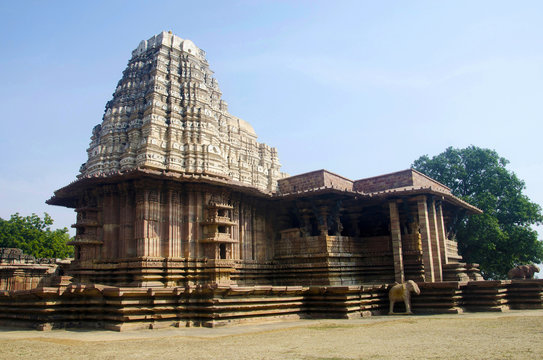
Ramappa Temple
UNESCO site famed for floating bricks, dancer sculptures, and 40-year construction.
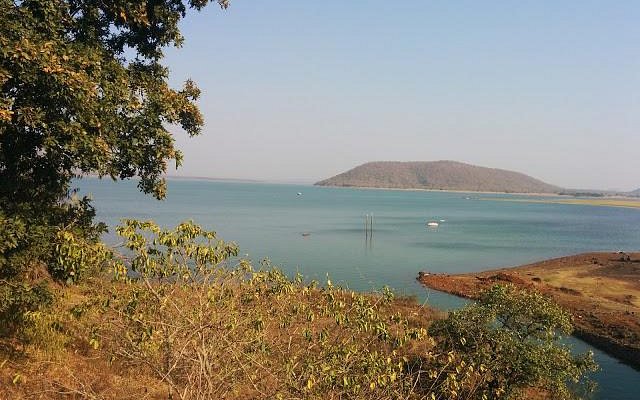
Pakhal Lake
Serene Kakatiya-built lake surrounded by forests, ideal for boating and wildlife spotting.
Major Attractions Nearby Warangal
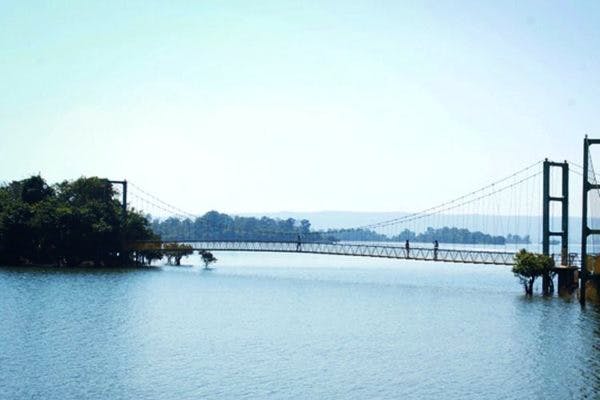
Laknavaram Lake
Picturesque reservoir with hanging bridges and coracle rides amid hills.

Bogatha Waterfall
Telangana’s second-tallest cascade, best in monsoon with lush surroundings.

Eturnagaram Sanctuary
Wildlife haven with tigers, leopards, and the flowing Godavari River.
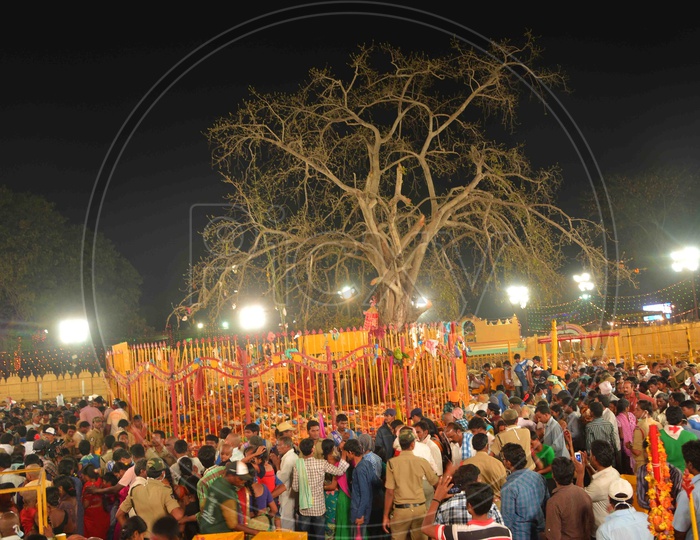
Medaram
Hosts Asia’s largest tribal fair (Sammakka Saralamma) biannually with vibrant rituals.
Things to Do in Warangal
Experience the grand legacy of the Kakatiya Empire through its majestic temples, serene lakes, and vibrant local culture. From exploring UNESCO-listed ruins to witnessing tribal festivals, Warangal offers a journey through time.
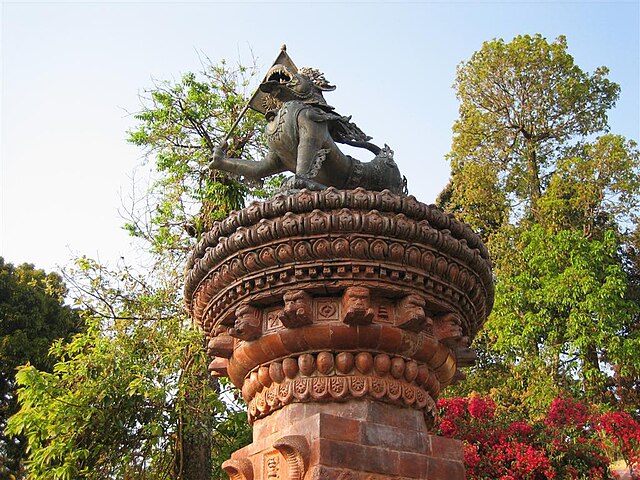
Temple Hopping
Discover Kakatiya wonders like Bhadrakali and Thousand Pillar temples.
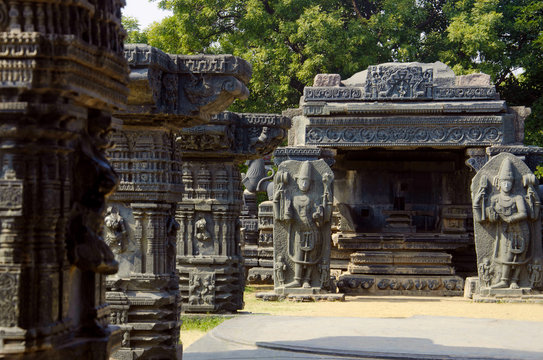
Heritage Walk
Explore Warangal Fort’s ruins and intricate Kirti Torana gateways.

Boat Ride
Glide across Pakhal Lake’s tranquil waters in traditional coracles.
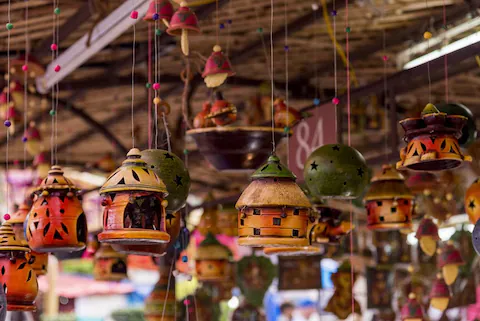
Handicraft Shopping
Browse Pochampally ikat, Bidriware, and Dokra metal artifacts.
The Performing Arts of Warangal
A living canvas of Kakatiya cultural heritage, Warangal thrives as a center for traditional Telangana arts. The city resonates with the rhythmic beats of Perini Sivatandavam (warrior dance), Oggu Katha (folk ballads), and Gussadi (tribal dance) performances that echo in its temples and festivals. Classical Kuchipudi and graceful Burrakatha storytelling flourish here, often staged against the backdrop of historic monuments like the Thousand Pillar Temple.
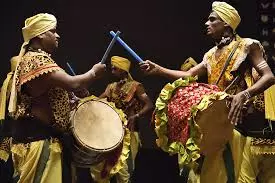
Oggu Katha
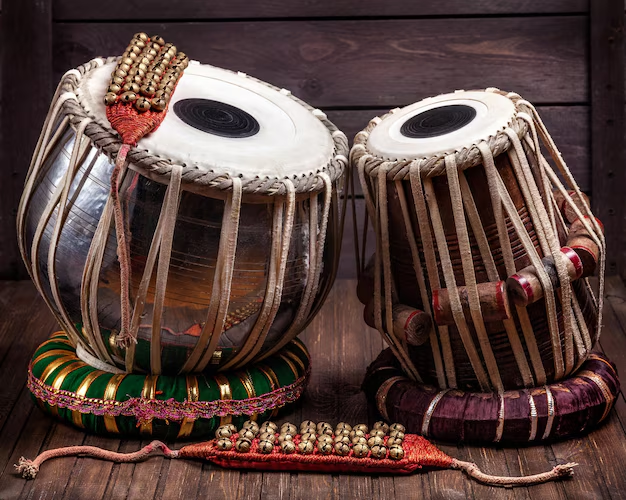
Jangam Katha
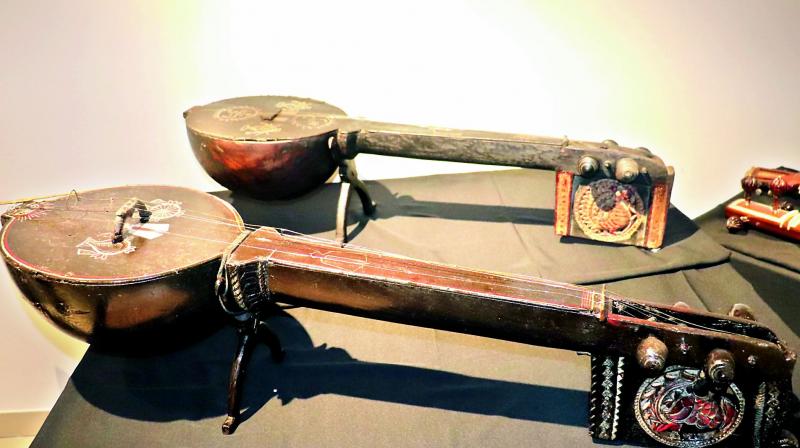
Telangana Folk Music
The city is a vital center for Telangana’s folk music traditions, with powerful narrative forms like Oggu Katha and Jangam Katha preserving its cultural legacy. The rhythmic beats of Dappu percussion and soulful Gondi tribal music echo through its villages, while devotional compositions at Bhadrakali Temple maintain ancient musical rituals.
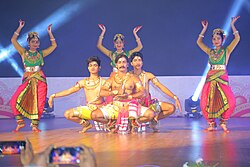
Perini Sivatandavam
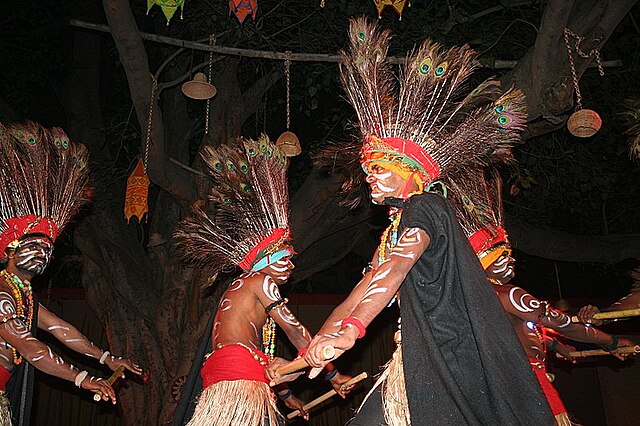
Gussadi
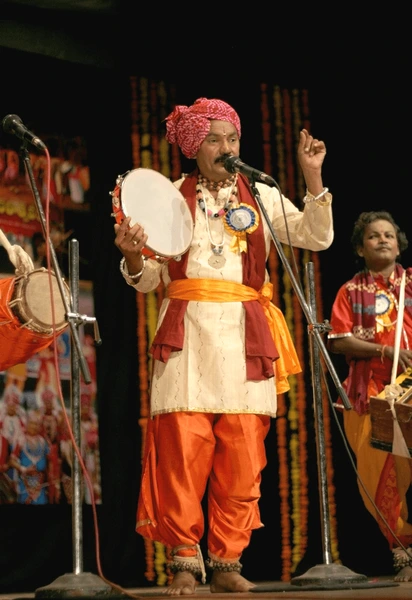
Burrakatha
Perini Sivatandavam is celebrated as the “Dance of Warriors,” originating from the Kakatiya courts where soldiers performed this vigorous dance to invoke Shiva’s blessings before battle. Warangal also treasures the vibrant Gussadi dances of the Gond tribes, where performers adorned with peacock feathers and bells create mesmerizing rhythms during festivals.

City Vibes - Timeless Imperial Grandeur
Warangal, the ancient capital of the Kakatiya Empire, breathes history through its weathered stone monuments and vibrant folk traditions. The city thrums with the rhythmic beats of Perini dancers at twilight, the chisel-song of artisans recreating Kakatiya motifs, and the evening aarti at the thousand-year-old Bhadrakali Temple. Here, the legacy of warrior kings lives on – in the majestic ruins of the fort, the floating bricks of Ramappa, and the annual Sammakka Jatara where tribal devotees honor their goddess with primal fervor.
Heritage of Warangal
Warangal’s heritage is a magnificent fusion of Kakatiya grandeur, Chalukyan influences, and vibrant tribal traditions. The city’s iconic stone temples, majestic fort ruins, and intricate water systems showcase medieval engineering brilliance. The living legacy continues through Perini dance, Dokra metalcraft, and the world-famous Pochampally ikat weaves, preserving centuries-old artistic traditions.
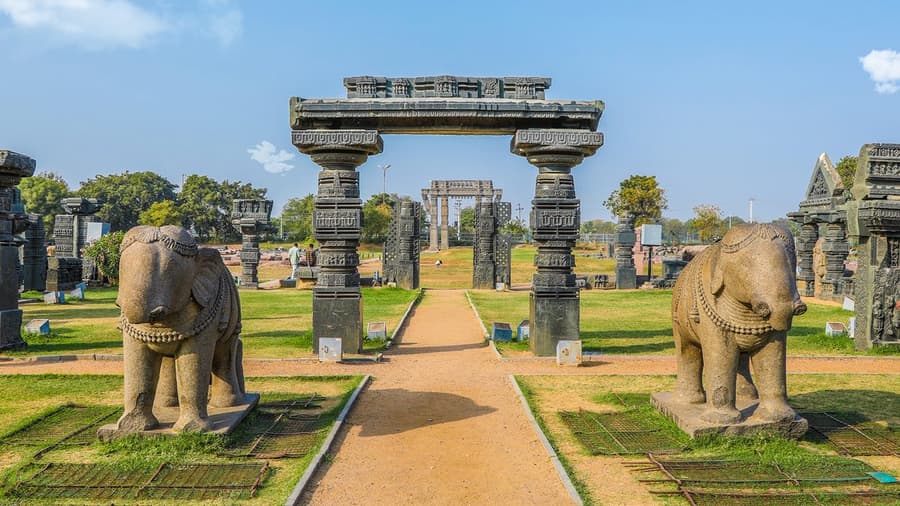
Cuisine of Warangal
Warangal is a treasure trove of Telangana’s rustic flavors, where spicy, earthy dishes meet royal Kakatiya-inspired feasts. From fiery curries to wholesome millet-based meals, the city’s food tells tales of warrior traditions and farm-fresh abundance.

Sakinalu
Crunchy rice flour spirals, a festive snack

Jonnalu Rotte
Sorghum flatbread with spicy chutneys
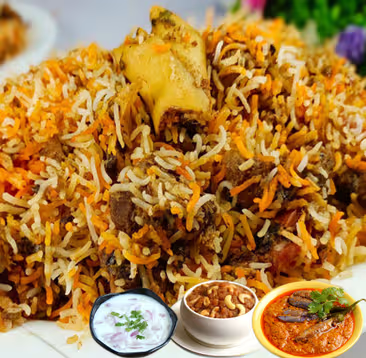
Warangal Biryani
Robust, masala-rich version of Hyderabadi biryani

Pachi Pulusu
Raw tamarind soup with onions and chili
Shopping in Warangal
Warangal offers a treasure trove of traditional crafts and Kakatiya-inspired souvenirs, where vibrant markets showcase Telangana’s artistic heritage. From intricate metalwork to handloom wonders, every purchase carries a piece of the region’s history.
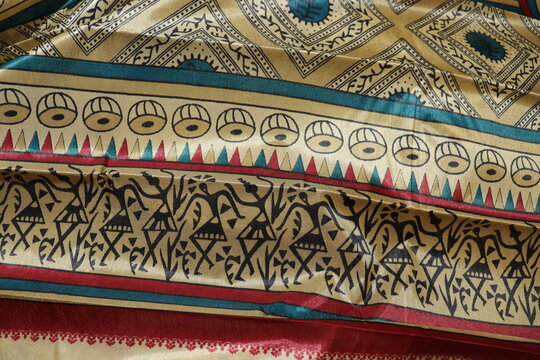
Pochampally Ikat Sarees
World-famous geometric-patterned silks with GI tag

Dokra Metal Crafts
Tribal brassware with ancient lost-wax technique

Perini Dance Masks
Traditional Kakatiya warrior dance accessories

Bidriware
Silver-inlaid black metal artifacts (specialty of nearby Bidar)
Tourist's Handbook
October to March (15-30°C) - Ideal for exploring temples and forts, with pleasant weather for outdoor activities. Avoid peak summer (April-June, 35-42°C) and monsoon (July-Sept) when heavy rains disrupt travel. February is perfect for the vibrant Sammakka Saralamma Jatara, Asia's largest tribal fair.
Wear Sturdy Footwear at Monuments – The stone ruins at Warangal Fort and temples can be uneven and slippery; watch your step.
Beware of Touts & Fake Guides – Avoid unauthorized guides at heritage sites; book through government-approved services.
Avoid Isolated Areas After Dark – Stick to well-lit zones like Hanamkonda or Kazipet markets at night.
Respect Temple Customs – Remove footwear, cover shoulders/knees at Bhadrakali and Thousand Pillar Temple.
Carry Bottled Water – Stay hydrated but avoid street-side water; summers can be harsh (35°C+).
Warangal’s heritage sites are best explored through a mix of auto-rickshaws, taxis, and walking. For short distances, autos (₹50-100) or cycle-rickshaws (in old city lanes) are ideal. For temple-hopping, hire a cab (₹1000-1500/day) or use Ola/Uber.
Overpriced Guide Services – Only hire government-approved guides (available at ticket counters) to avoid fake historical narratives.
"Special Entry" Temple Scams – Temples like Thousand Pillar and Bhadrakali have free entry; ignore anyone charging for "priority darshan."
Fake Handicraft Sellers – Buy Pochampally ikat and Dokra art only from Kakatiya Emporium or certified shops.
Auto-Rickshaw Overcharging – Insist on meters or fix fares before boarding (e.g., ₹50-100 for 2km).
Fake Festival Tickets – During Medaram Jatara, purchase transport/passes only from official counters.

